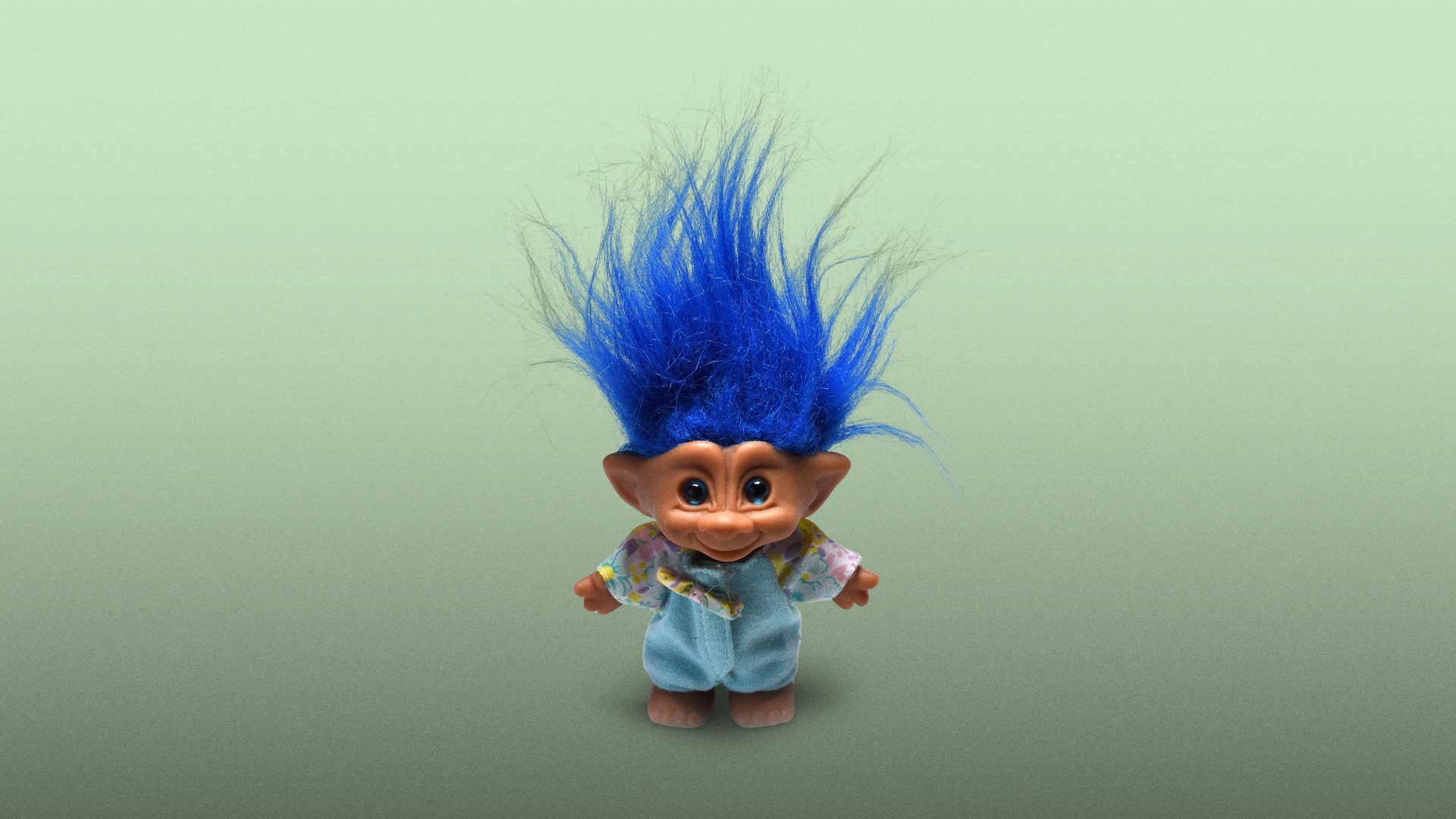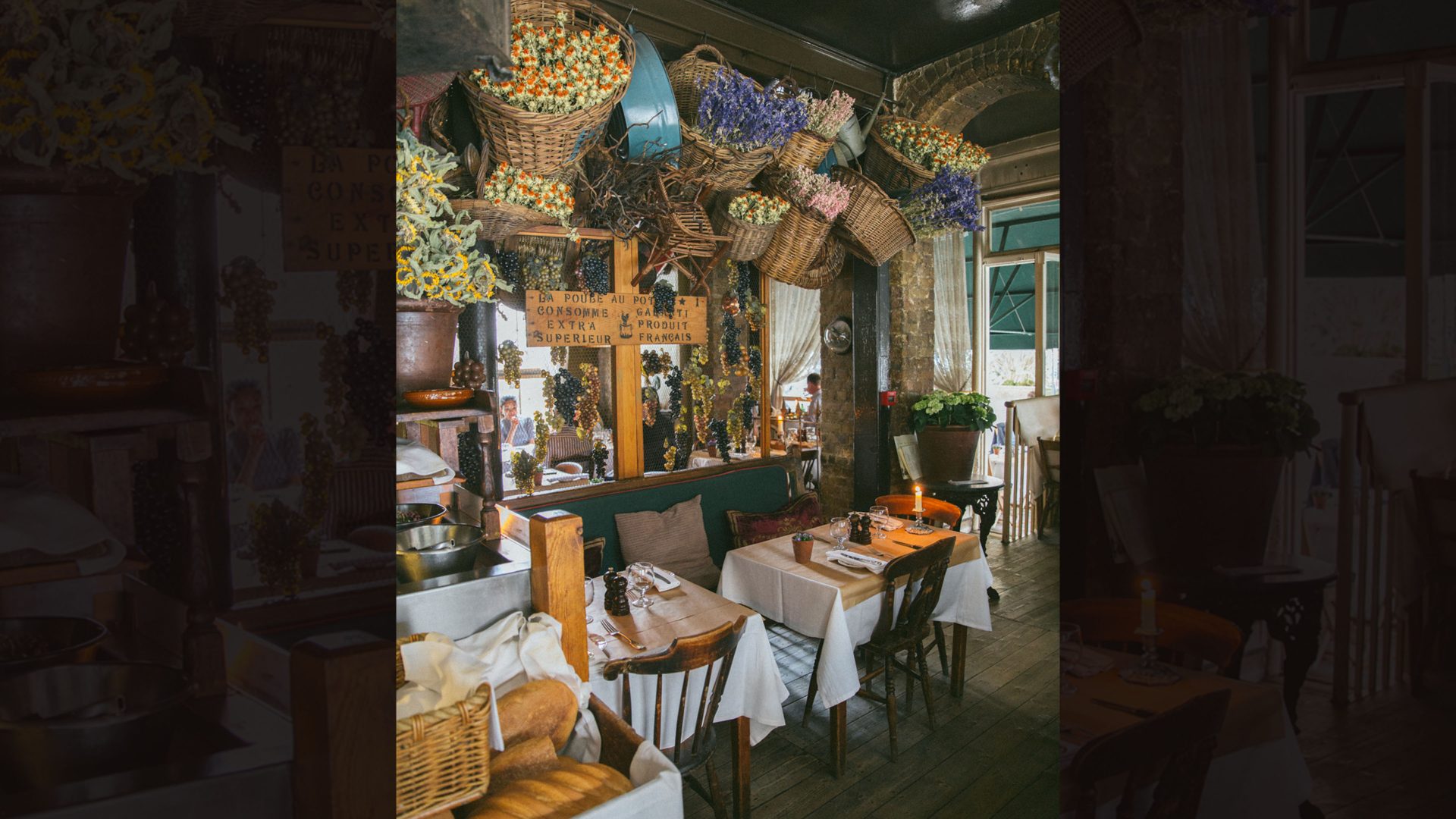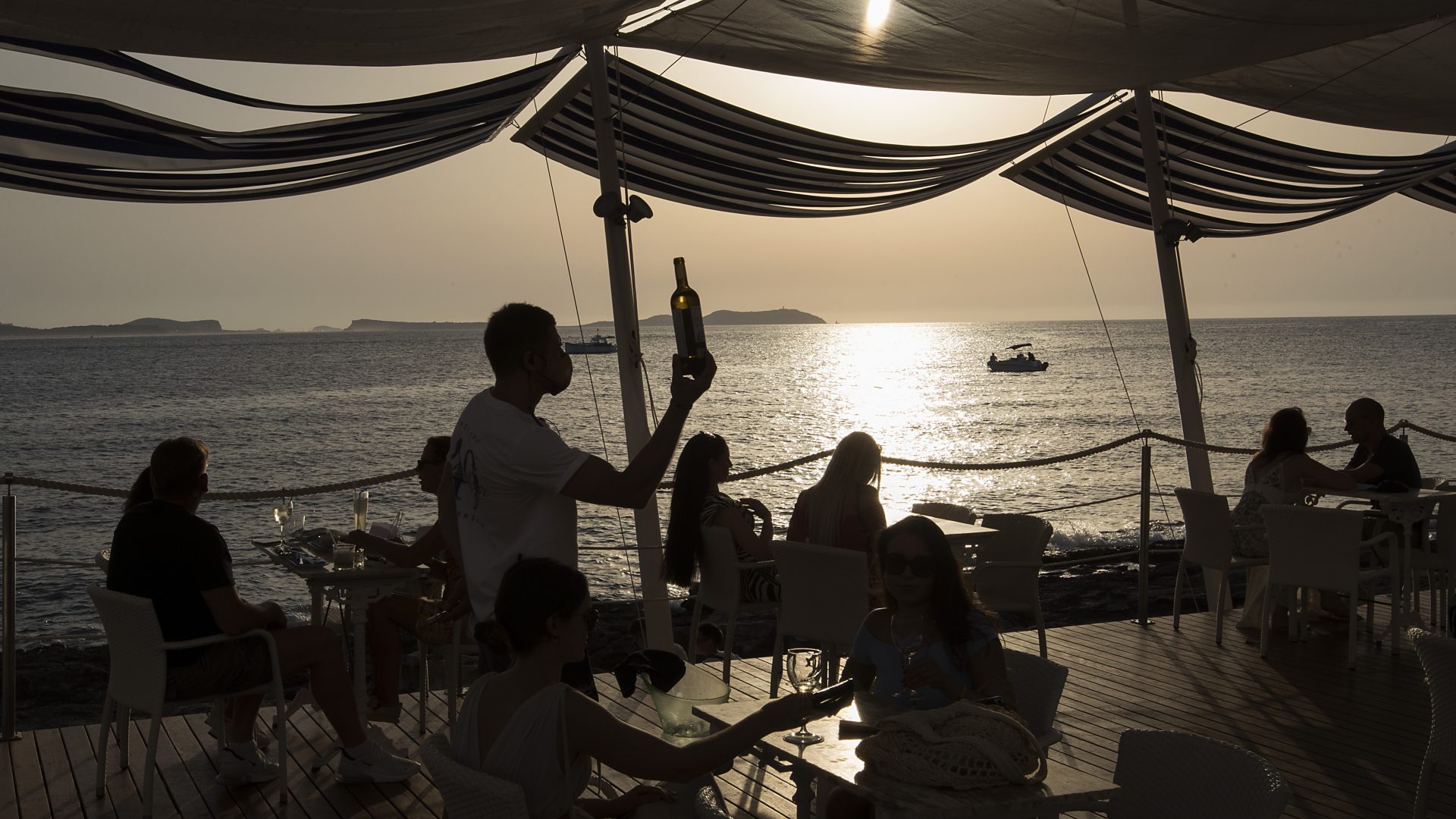The end of last month marked the 25th anniversary of the fateful day on which the (relatively) Evil triumphed over the cute and Good in the ongoing battle to create a modern toy to represent the prime creature of Norse mythology.
Back in the early 1990s I drove my two young daughters to the little town of Gjøl, at the very northernmost tip of Jutland, to meet Niels Dam. It was his father, Thomas, who first created the Danish Good Luck Troll toy, whose popularity then ebbed and flowed from the 1960s onwards, with successive generations of children.
Dam senior had first carved a toy troll from wood for his daughter in the 1950s, but such was the popularity of his cheeky-faced little dolls that he ended up building a factory that mass-produced a wide range of similar creatures in latex, with Icelandic sheep’s wool for hair, and exported them across the world.
Then, on June 30, 1998, the troll factory burned down, destroying all the moulds and most of the stock. It was in effect the last straw for the Danish variety of troll, whose error-strewn business journey had included basic mistakes in copyright law that had enabled other companies to cash in on the troll fad in the USA by making rival imitations. Today only a small museum remains in the town.
Across Scandinavia, trolls are believed to represent the “living” branch of the various creatures of Norse mythology, which can be traced back to the Icelandic Sagas. Their legacy is most widely represented in Norway, where the existence of living trolls is almost taken as given, as in Roar Uthaug’s 2022 horror film, Troll. Christian laws in the country dating from the 11th and 12th century meted out the most severe punishments to anyone who sought contact with trolls or tried to tap into their knowledge.
Norway’s “living” trolls are reputed to come in all sizes, from the tiniest little creatures to enormous giants. They dislike humans and are invariably ugly and often deformed, sporting extra heads or additional legs and feet. In broad terms, then, they are not good creatures. Elves and huldufólk (the hidden people of Icelandic and Faroese folklore), on the other hand, are more benign, but – unlike trolls – they live in a spirit world and are therefore intangible. Much of this latter mythology is loosely shared in Celtic countries, particularly Ireland, Scotland and the Isle of Man, illustrating the powerful connections that existed in Viking times.
If you visit Norway you are sure to encounter troll representations, from big ugly statues down to the little dolls that line the shelves in souvenir shops. These are far uglier than the cute Danish trolls of yesteryear. These Norwegian trolls have long noses, pot bellies and bulging eyes with a glint that lies somewhere between mischief and evil. They are made by Nord Suvenir in a factory north of Trondheim.
The Dam family were not well versed in either the cut-throat world of toy manufacture or the laws of intellectual property, and when his company eventually put a copyright stamp on its toys, it failed to follow the correct international protocols and probably missed out on a fortune. It took a decade for Dam to win back its copyright.
My own trip to Gjøl to meet the affable Mr Dam was an adjunct to a Danish Farm Holiday – a brand I was delighted to discover endures successfully today. Danish Farm Holidays may not have had the profile of the hugely popular Icelandic equivalent, but it was a great way to holiday in the gently rolling landscape of Jutland. I recall that the family we stayed with, in a simple farmhouse of wood and corrugated iron, moved collectively into one room for parents and two young children, to free up the space for us, their guests.
More recently, the residual Dam company signed a film deal with Dreamworks and, in 2011, a movie about the troll story starring Justin Timberlake and Anna Kendrick grossed more than $300m, with a second movie appearing in 2020.
Both my girls – now mature adults – say they still have their original Dam trolls. Indeed, so do I, though Orry has spent the past quarter-century standing on a bookshelf rather than travelling with me as he once did. He’s named after Orry, the Viking King of the Isle of Man. Perhaps it’s time for him to resume his travels, though I’d be wary of losing him: a quick search on eBay suggests he’d fetch £100 or more – far more than any counterfeit of his era.



